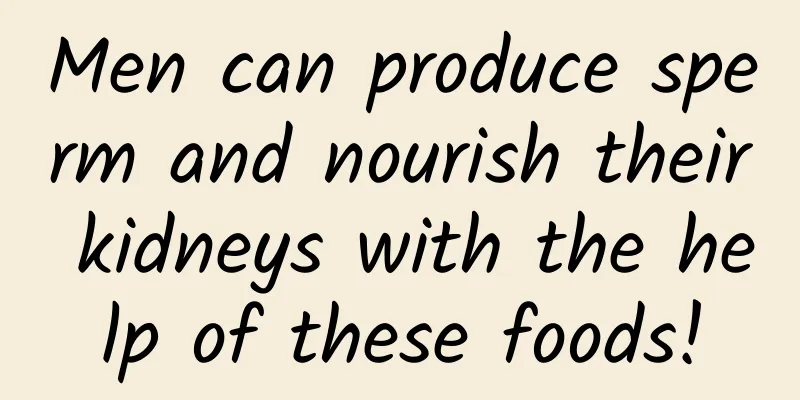What medicine should I use for prostate?

|
Prostatitis is a common disease among men. There are many causes of prostatitis, generally due to inflammation of the urethra or bacterial infection. It can be treated with medication, such as analgesics and anti-inflammatory drugs, or physical therapy. 1. Antimicrobial therapy The detection of pathogenic pathogens in prostatic fluid culture is the basis for selecting antibacterial drug treatment. If patients with non-bacterial prostatitis have signs of bacterial infection and general treatment is ineffective, they can also be appropriately treated with antibacterial drugs. When choosing antibacterial drugs, it is necessary to pay attention to the presence of a prostate-blood barrier composed of lipid membranes between the prostate acini and the microcirculation. The barrier prevents the passage of water-soluble antibiotics, greatly reducing the treatment effect. When prostate stones are present, the stones can become a shelter for bacteria. The above factors constitute the difficulty in the treatment of chronic bacterial prostatitis, which requires a longer course of treatment and is prone to recurrence. Currently, quinolone drugs such as ofloxacin or levofloxacin are recommended. If ineffective, continue to use it for 8 weeks. If recurrence occurs and the bacterial species remains unchanged, switch to preventive doses to reduce acute attacks and relieve symptoms. If long-term use of antibiotics induces serious side effects, such as pseudomembranous colitis, diarrhea, and the growth of intestinal resistant strains, the treatment plan needs to be changed. Whether non-bacterial prostatitis is suitable for treatment with antibacterial drugs is still controversial in the clinic. Patients with "aseptic" prostatitis can also use drugs that are effective against bacteria and mycoplasmas, such as quinolones, SMZ-TMP or TMP alone, used in combination with tetracycline and quinolones or used intermittently. If antibiotic treatment is ineffective and it is confirmed to be aseptic prostatitis, antibiotic treatment should be discontinued. In addition, using a double balloon catheter to block the prostatic urethra and injecting antibiotic solution from the urethral cavity back into the prostatic duct can also achieve the purpose of treatment. Type I is mainly treated with broad-spectrum antibiotics, symptomatic treatment and supportive treatment. Type II is recommended to be treated with oral antibiotics, and sensitive drugs are selected. The course of treatment is 4 to 6 weeks, during which the patient should be evaluated for the efficacy. Type III can first take oral antibiotics for 2 to 4 weeks and then evaluate the efficacy. At the same time, non-steroidal anti-inflammatory drugs, α receptor antagonists, M receptor antagonists, etc. are used to improve urination symptoms and pain. Type IV does not require treatment. 2. Anti-inflammatory and analgesic drugs Nonsteroidal anti-inflammatory drugs can improve symptoms. Generally, indomethacin is taken orally or in suppositories. Chinese medicines that use anti-inflammatory, heat-clearing, detoxifying, and hardness-softening drugs also have certain effects. Allopurinol can reduce the concentration of uric acid in the whole body and prostatic fluid. In theory, it can be used as a free radical scavenger, and it can also remove active oxygen components, reduce inflammation, and relieve pain. It is an optional auxiliary treatment method. 3. Physical therapy Prostate massage can empty the concentrated secretions in the prostate duct and drain the infection focus in the obstructed area of the gland. Therefore, for stubborn cases, prostate massage can be performed every 3 to 7 days while using antibiotics. A variety of physical factors are used for prostate physiotherapy, such as microwave, radio frequency, ultrashort wave, medium wave and hot water sitz bath, which are beneficial for relaxing the prostate, posterior urethral smooth muscle and pelvic floor muscle, enhancing antibacterial efficacy and relieving pain symptoms. 4.M receptor antagonists M receptor antagonists can be used to treat prostatitis patients with symptoms of overactive bladder, such as urgency, frequency, and nocturia, but without urinary tract obstruction. |
<<: What is the treatment for male urinary incontinence?
>>: What are the pros and cons of circumcision?
Recommend
Is glans desensitization surgery useful?
Ejaculation disorders are a problem that many mal...
Does small testicles affect sexual function?
Male testicles refer to an important part of the ...
What causes urethral pain?
The main cause of urethral pain is due to infecti...
What kind of tea should men drink to nourish their kidneys? 5 recommended teas that are refreshing and healthy
Nowadays, men's kidney deficiency is no longe...
Do you use an eyebrow razor to shave your legs? What are the common hair removal methods?
Thick leg hair has always troubled many people, e...
What is the reason for the red spot on the male's glans?
Men must always pay attention to the health of th...
How to make the male penis longer? Do this more often
Nowadays, many men have short penises due to cong...
What should I do if my husband has low sexual function?
Poor sexual function is a problem that some men h...
My right testicle hurts. Is there any complication?
Many patients do not have a thorough understandin...
Where to apply the cooling oil for male enhancement
There are a lot of mosquitoes in the hot summer. ...
Red bean and hawthorn weight loss method, red bean and hawthorn weight loss recipe.
We all know that red beans have the effect of bea...
When should you drink honey ginger soup to get twice the result with half the effort?
Anyone who knows a little bit about health care k...
Do men have ejaculation periods?
What is the best frequency for couples to have se...
Men really can't endure these things
According to statistics, the average life expecta...
Why do boys ejaculate early?
Premature ejaculation is a symptom unique to men....









